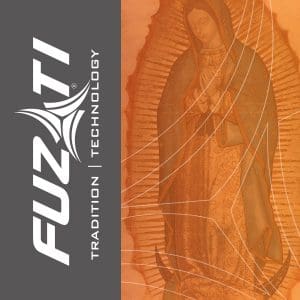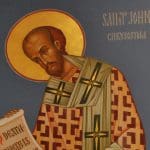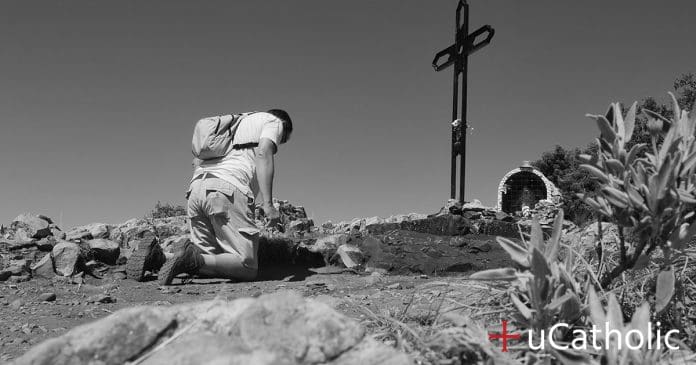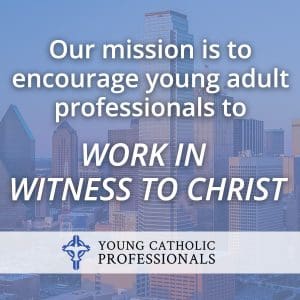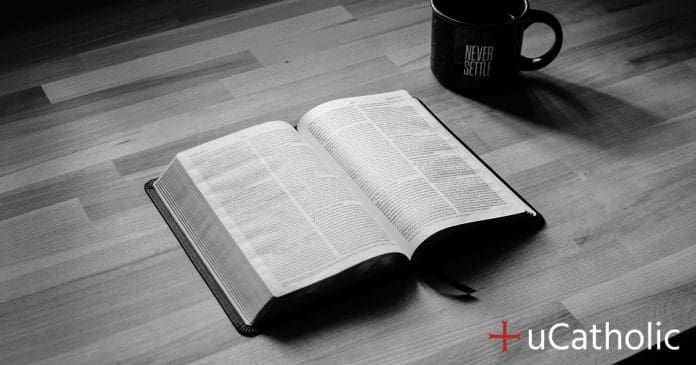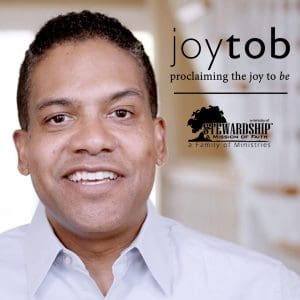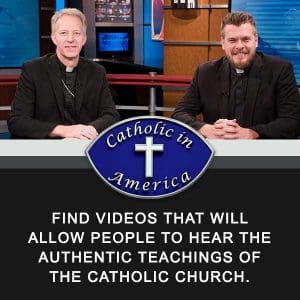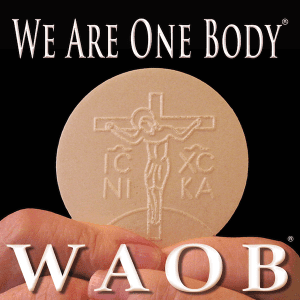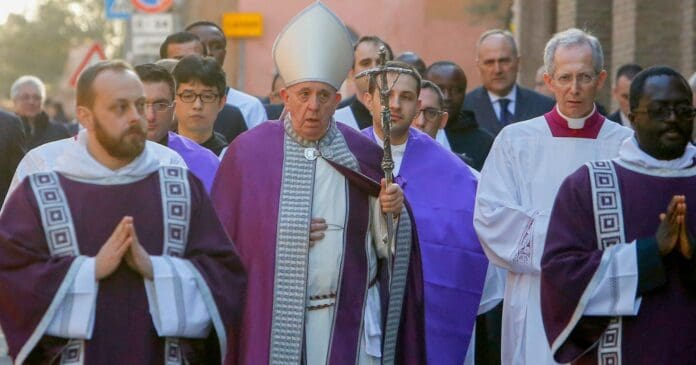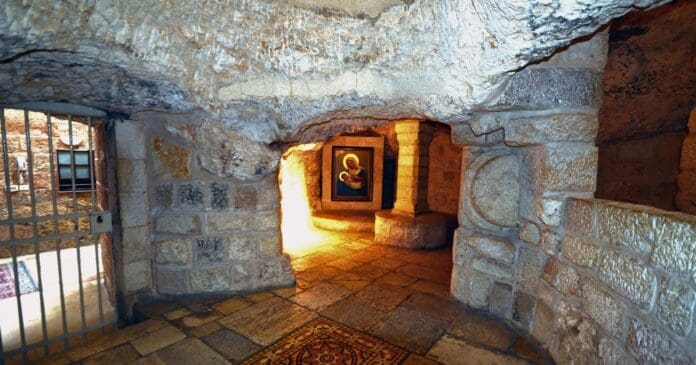The unicorn: a mythical animal known since antiquity as a beast with a single spiraled white horn projecting from its forehead. A creature commonplace in folktales, legends, and children’s stories, so why does the Holy Bible mention them a total of five times? The answer is a bit more complicated than you might think at first.
You might ask yourself why inerrant Scripture revealing Truth in the Word of God would mention a mythical fairytale creature. However, to understand why the Holy Bible would have unicorns included throughout requires a bit of context and also understanding of Biblical translations. If you’ve never noticed the unicorn mentioned throughout Bible, here are some specific mentions, using the Douay-Rheims translation:
• “Save me from the lion’s mouth; and my lowness from the horns of the unicorns.” – Psalm 21:22
• “And shall reduce them to pieces, as a calf of Libanus, and as the beloved son of unicorns.” – Psalm 28:6
• “And he built his sanctuary as of unicorns, in the land which he founded for ever.” – Psalm 77:69
• “But my horn shall be exalted like that of the unicorn: and my old age in plentiful mercy.” – Psalm 91:11
• “And the unicorns shall go down with them, and the bulls with the mighty: their land shall be soaked with blood, and their ground with the fat of fat ones.” – Isaiah 34:7
The root of the answer is that the definition of the word “unicorn” has changed drastically over time. While today we know the word to mean the legendary beast, when the Douay–Rheims Bible was being translated over 400 years ago it meant something completely different. If you look up “unicorn” in the 1828 Webster’s dictionary, you’ll find this:
“UNICORN, noun [Latin unicornis; unus, one, and cornu, horn.] an animal with one horn; the monoceros. this name is often applied to the rhinoceros.”
Almost 200 years ago, it was common knowledge there were two types of rhinoceros: a two-horned species called a bicornis, and a one-horned species called – you guessed it – unicorn. The Douay-Rheims Bible was translated into English from the Latin Vulgate, which actually uses five separate Latin words that all were translated into unicorn: Rinoceros, Rinocerotis, Rinocerota, Unicornium, and Unicornis. Simply speaking, the Bible is describing any bull-like animal with a single horn, not a mythical creature.
If you take a look at a modern translation of the same verses, they often mention a wild ox in its place. For example, compare Isaiah 34:7 of the NABRE with the same verse of the Douay-Rheims above.
“Wild oxen shall be struck down with fatlings, and bullocks with bulls; Their land shall be soaked with blood, and their soil greasy with fat.” – Isaiah 34:7
Why is this? Again, it’s a quirk of the translation. The original Hebrew that was translated into Latin, then into English, to mean unicorn was the word r’em. Modern Hebrew scholars today know the word refers to some type of wild bull that can have one or two horns, however it’s exact identity is unknown.
If that wasn’t enough on the intricate history of unicorns in the Bible, here’s another interesting fact about them: the unicorn was seen as a medieval symbol for the glory of Jesus Christ. Saint Basil makes this connection in his writings on Psalm 92:10.
“On the whole, since it is possible to find the word ‘horn’ used by Scripture in many places instead of ‘glory’, as the saying ‘He will exalt the horn of his people’ (Ps 148:14) and ‘His horn shall be exalted in glory’ (Ps 112:9), or also, since the ‘horn’ is frequently used instead of ‘power’, as the saying ‘My protector and the horn of my salvation’, Christ is the power of God; therefore, he is called the Unicorn on the ground that he has one horn, that is, one common power with the Father.” – Homilies on the Psalms 13.5
Photo credit: Eva Kali / Shutterstock.com




